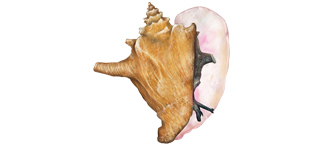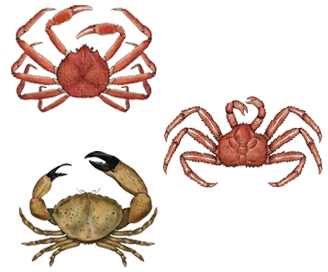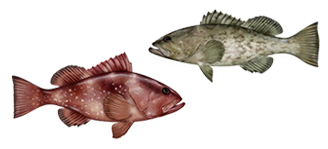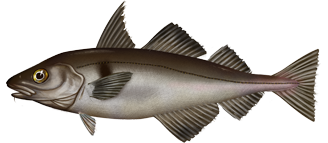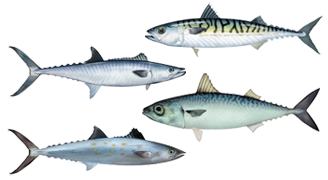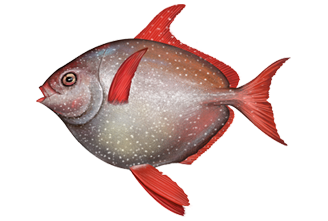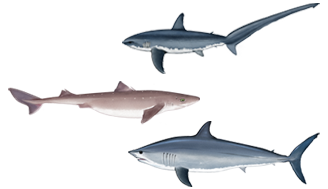Search for fish species near you
Use our map interface to search for species near you
LAUNCH THE MAP
wild-caught seafood
Have you ever thought about where that piece of salmon on your plate came from? It could have been caught in a wild fishery or harvested from an aquaculture operation. It might have come from the United States or maybe it was imported from somewhere like Canada or Chile. Perhaps you’re wondering why any of this matters. It’s important to know the source of your seafood because not all of them measure up the same. Some seafood is caught or farm-raised under regulations that protect the health of the marine environment, the animals that live within it, and the folks that eat it; however, some is not. By buying seafood from reputable sources, you’re helping to conserve our ocean resources and support the economies and communities that ensure our seafood supply is safe, healthy, and sustainable. Learn more about fisheries, the source of wild-caught seafood, and how they are managed here.
What Is A Fishery?
“Fishery” simply refers to the activities involved in catching a species of fish or shellfish, or a group of species that share the same habitat. Different types of fisheries include commercial fisheries, subsistence fisheries, and recreational fisheries. Fishermen catch fish with a variety of methods - the gear and technique vary with the species and area being fished. LEARN MORE about different fisheries and fishing methods and how potential environmental impacts of fishing can be reduced.
MANAGING FISHERIES
Fishery management involves regulating when, where, how, and how much fishermen can catch to ensure that they will be able to fish now and for generations to come.
Fish and shellfish are renewable resources - they can reproduce and replenish their populations naturally. Because of this, we can sustainably harvest fish within certain limits on a continuing basis without depleting the resource. Put simply, fishery management is the process of using science to determine these limits - some fish are caught while some are left to reproduce and replace the fish that are caught.
The fishery management process and the level of enforcement vary from country to country. LEARN MORE about the science-based fishery management system in place in the United States.
IN THE U.S.
Wild-caught seafood is big business in the United States. Our fisheries provide more than a great meal - they provide jobs and recreation and help keep our coastal communities vibrant. From recreational and small-scale tribal fishermen to large-scale vessels harvesting and processing millions of tons of fish, U.S. fisheries are scientifically monitored, regionally managed, and legally enforced under 10 strict national standards of sustainability. Our dynamic, science-based management process is rebuilding depleted fish populations and maintaining healthy ones, benefitting fishermen, fishing communities, and our fishing and seafood industries. Our nation’s journey toward sustainable fisheries began more than 35 years ago and continues to evolve. LEARN MORE about the evolution of U.S. fisheries management and the people and laws involved in keeping our fisheries and marine ecosystems healthy and U.S. seafood on your plate.
OUTSIDE OF THE U.S.
Today, 86 percent of seafood consumed in the United States is imported, and about half of this is wild-caught. Because of our interests both as a seafood-consuming nation and a fishing nation, it is critical that NOAA take an active role in shaping the conservation and management of international fisheries. For U.S. consumers of imported seafood, our goal is to make sure that seafood is safe, and that it comes from legal and sustainable fisheries. LEARN MORE about the seafood we import and how we're actively working to address global challenges in international fisheries management.







